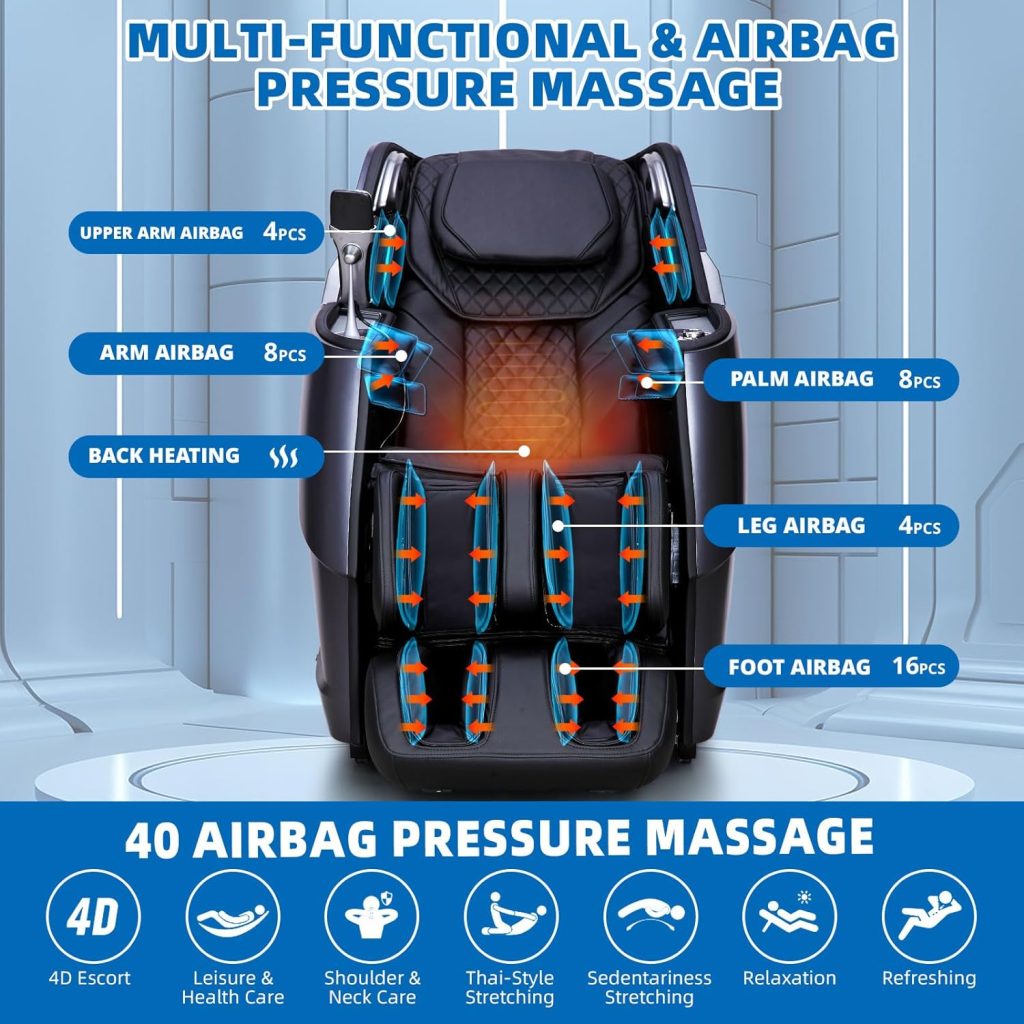Chronic back pain is a common issue that affects millions of people worldwide. It can be debilitating, impacting daily activities and overall quality of life. Learning how to relieve chronic back pain can significantly improve your well-being and functionality.
By incorporating effective strategies and treatments, you can regain mobility and reduce discomfort. Understanding the underlying causes and symptoms is the first step toward finding lasting relief.

Understanding Chronic Back Pain: Causes and Symptoms
Definition and Common Causes of Chronic Back Pain
Chronic back pain is defined as pain that persists for 12 weeks or longer, even after the initial injury or underlying cause has been treated. Common causes include:
- Muscle or ligament strain
- Bulging or ruptured discs
- Arthritis
- Osteoporosis
- Skeletal irregularities
Symptoms and Impact on Daily Life
Symptoms of chronic back pain can vary but often include:
- Persistent aching or stiffness
- Sharp pain in the lower back
- Radiating pain down the leg
- Limited flexibility or range of motion
The impact on daily life can be significant, affecting mobility, work, and mental health.
Lifestyle Changes to Relieve Chronic Back Pain
Importance of Maintaining a Healthy Weight for Back Pain Relief
Excess weight can put additional strain on your back. Maintaining a healthy weight through a balanced diet and regular exercise can help reduce this burden and alleviate pain.
Benefits of Regular Exercise and Specific Exercises for Chronic Back Pain
Regular exercise strengthens the muscles that support your spine. Specific exercises that can help relieve chronic back pain include:
- Walking
- Swimming
- Low-impact aerobics
- Strengthening exercises for the back and core
Posture and Ergonomics: Tips for Sitting, Standing, and Sleeping to Relieve Back Pain
Proper posture and ergonomics are crucial in preventing and relieving chronic back pain. Here are some tips:
- Sitting: Keep your feet flat on the floor, use a chair with good lumbar support, and avoid slouching.
- Standing: Stand with your weight evenly distributed on both feet and avoid standing for long periods without breaks.
- Sleeping: Sleep on a supportive mattress, preferably on your side with a pillow between your knees.
Home Remedies and Self-Care for Chronic Back Pain

Heat and Cold Therapy to Relieve Chronic Back Pain
Applying heat or cold to the affected area can help reduce pain and inflammation. Use cold packs for acute pain and heat packs for chronic pain relief.
Stretching and Yoga for Chronic Back Pain Relief
Gentle stretching and yoga can improve flexibility and reduce tension in the back muscles. Poses such as Child’s Pose, Cat-Cow, and Downward-Facing Dog are particularly beneficial.
Over-the-Counter Pain Relief Options
Non-prescription pain relievers like ibuprofen or acetaminophen can help manage pain. Always follow the recommended dosage and consult your doctor if you have any concerns.
Medical Treatments and Therapies for Chronic Back Pain
Physical Therapy for Chronic Back Pain Relief
Physical therapists can design a customized exercise program to improve strength, flexibility, and posture. They may also use techniques such as manual therapy and electrical stimulation.
Chiropractic Care for Back Pain Relief
Chiropractic adjustments can help alleviate chronic back pain by improving spinal alignment and function. Ensure you choose a licensed chiropractor with experience in treating back pain.
Medications and Injections
In some cases, stronger medications or injections may be necessary to manage chronic back pain. Options include muscle relaxants, nerve blocks, and epidural steroid injections.
Surgical Options (When Necessary)
Surgery is typically considered a last resort when other treatments have failed. Common procedures include spinal fusion, discectomy, and laminectomy.
Preventative Measures to Avoid Chronic Back Pain
Preventing Future Chronic Back Pain
To prevent future episodes of chronic back pain, focus on maintaining a healthy lifestyle, staying active, and practicing good posture.
Strengthening Core Muscles to Prevent Chronic Back Pain
Strong core muscles support your spine and help prevent chronic back pain. Incorporate core-strengthening exercises like planks, bridges, and abdominal crunches into your routine.
Avoiding Activities That Can Aggravate Chronic Back Pain
Be mindful of activities that can strain your back, such as heavy lifting or repetitive movements. Use proper techniques and equipment to minimize the risk of injury.
The Mind-Body Connection in Chronic Back Pain Relief

The Role of Stress in Chronic Back Pain
Stress can contribute to muscle tension and exacerbate chronic back pain. Managing stress through relaxation techniques and mindfulness practices can be beneficial.
Relaxation Techniques and Mindfulness Practices for Chronic Back Pain Relief
Techniques such as deep breathing, meditation, and progressive muscle relaxation can help reduce stress and alleviate chronic back pain.
Frequently Asked Questions
What is the Best Sleeping Position for Chronic Back Pain?
The best sleeping position for chronic back pain is on your side with a pillow between your knees. This helps maintain the natural alignment of your spine.
Can Stress Cause Chronic Back Pain?
Yes, stress can cause chronic back pain by increasing muscle tension and exacerbating existing pain.
Are There Any Specific Exercises to Avoid with Chronic Back Pain?
Avoid high-impact activities and exercises that involve heavy lifting or twisting motions. Always consult with a healthcare professional before starting a new exercise program.
How Long Should I Use Heat or Cold Therapy for Chronic Back Pain?
Apply cold therapy for 20 minutes at a time during the first 48 hours after an injury. After that, use heat therapy for 20 minutes to relax muscles and improve blood flow.
When Should I See a Doctor for Chronic Back Pain?
See a doctor if your chronic back pain is severe, lasts longer than a few weeks, or is accompanied by other symptoms such as fever, unexplained weight loss, or numbness.












